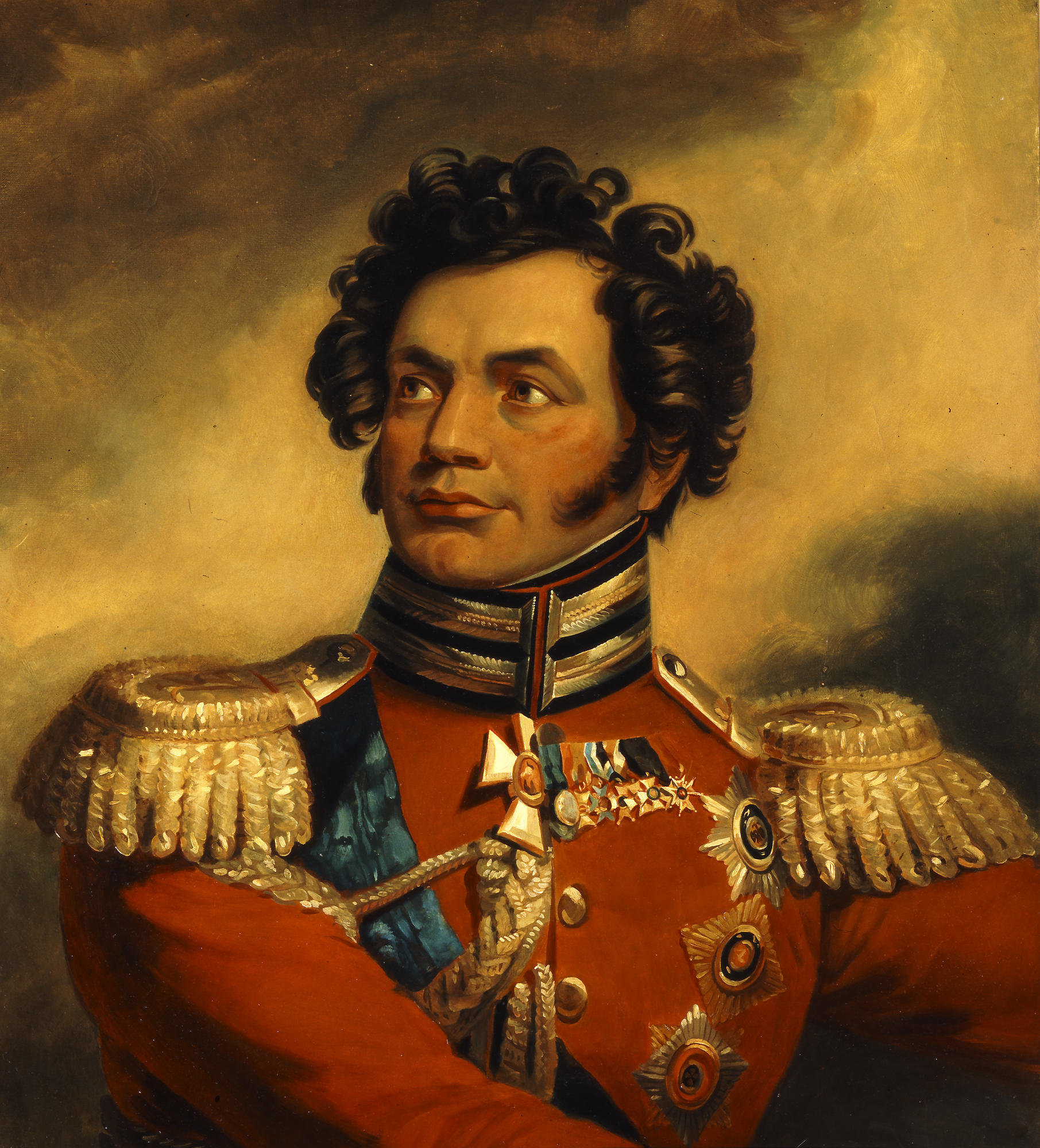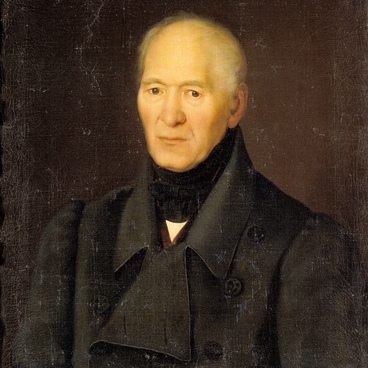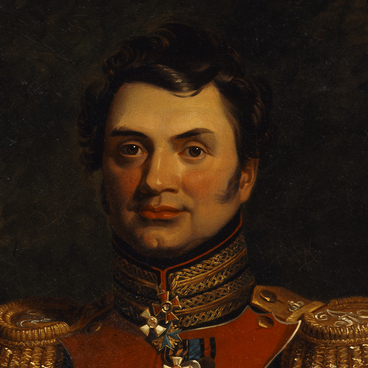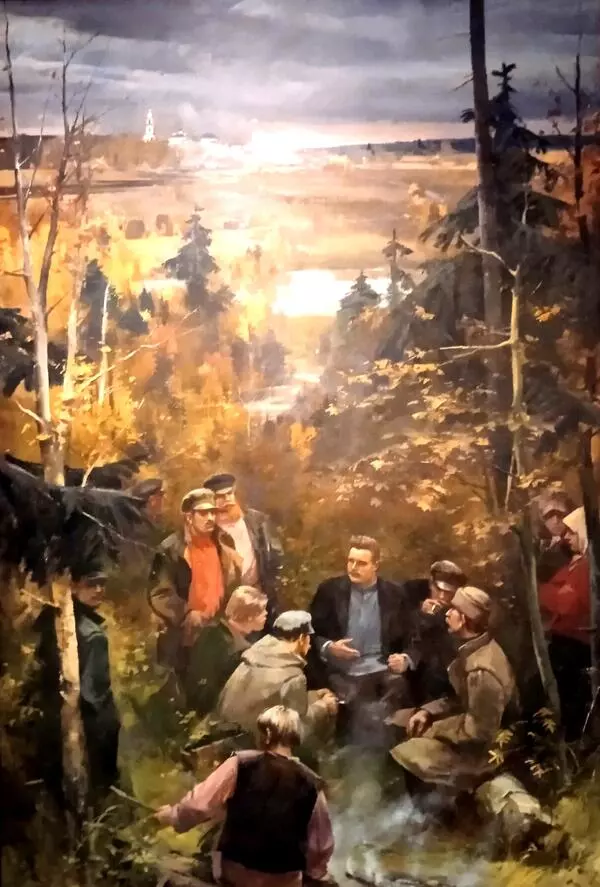Fyodor Uvarov was born in 1769 into a noble family. It was customary to begin military service early, so at the age of 6 he was enlisted as a sergeant in the artillery, and in 1780 transferred to the guards. At age 19, the young man joined the army as a captain.
During the reign of Paul I, Uvarov made a meteoric career: in 1798 he became a major general and was granted the rank of adjutant general, in 1799 he was appointed chief of the Chevalier Guard Regiment, and a year later he was promoted to lieutenant general.
The general took part in the conspiracy against Paul I, but did not play an active role in it. On the night of the murder, March 11-12, 1801, Uvarov was the duty adjutant general. He accompanied Alexander during the announcement of the death of Paul I to the troops and upon moving from Mikhailovsky Castle to the Winter Palace. Under the new emperor, he retained his post as adjutant general.
Uvarov participated in the 1805-1807 campaigns against France. In the Battle of Austerlitz, the cavalry guards under his command launched an attack that aroused the admiration of Napoleon himself. For the distinguished conduct in the Battle of Friedland, he received a golden saber with diamonds with the inscription ‘For Courage’. In 1807, Uvarov accompanied Emperor Alexander I to the meeting with Napoleon in Tilsit, and from 1808 was senior adjutant general.
At a critical moment in the Battle of Borodino on August 26, 1812, Uvarov, together with the Cossack Corps under Matvey Platov, conducted a raid past the enemy’s left flank. However, near the village of Bezzubovo, the cavalry was stopped by the French troops, and they had to return. Although these actions briefly diverted the attention of the enemy, Commander-in-Chief Kutuzov was dissatisfied with the raid. Of the generals, only Uvarov and Platov did not receive awards for Borodino.
The general participated in the European campaigns of 1813-1814. At the end of the Napoleonic Wars, he continued to perform the duties of adjutant general: accompanied Alexander I during his travels in Europe and Russia, was with him at the congresses in Vienna, Aachen and Laibach. In 1821, the general was appointed commander of the Guards Corps, and in 1823 - a member of the State Council.
In 1824, Uvarov died of an illness. At the funeral, Emperor Alexander I followed the tomb of the commander whom he had trusted for many years. In gratitude to his subordinates in the Guards Corps, Uvarov left 400 thousand rubles for the construction of a monument in their honor. With this money, they built in St. Petersburg the Narva Triumphal Arch, which was unveiled in 1834.
The portrait of General Uvarov was created in the 1820s in the studio of the English artist George Dawe in St. Petersburg. It entered the Military Gallery of the Winter Palace. The Museum-Panorama “Battle of Borodino” holds a copy of the portrait, painted in 1964.
During the reign of Paul I, Uvarov made a meteoric career: in 1798 he became a major general and was granted the rank of adjutant general, in 1799 he was appointed chief of the Chevalier Guard Regiment, and a year later he was promoted to lieutenant general.
The general took part in the conspiracy against Paul I, but did not play an active role in it. On the night of the murder, March 11-12, 1801, Uvarov was the duty adjutant general. He accompanied Alexander during the announcement of the death of Paul I to the troops and upon moving from Mikhailovsky Castle to the Winter Palace. Under the new emperor, he retained his post as adjutant general.
Uvarov participated in the 1805-1807 campaigns against France. In the Battle of Austerlitz, the cavalry guards under his command launched an attack that aroused the admiration of Napoleon himself. For the distinguished conduct in the Battle of Friedland, he received a golden saber with diamonds with the inscription ‘For Courage’. In 1807, Uvarov accompanied Emperor Alexander I to the meeting with Napoleon in Tilsit, and from 1808 was senior adjutant general.
At a critical moment in the Battle of Borodino on August 26, 1812, Uvarov, together with the Cossack Corps under Matvey Platov, conducted a raid past the enemy’s left flank. However, near the village of Bezzubovo, the cavalry was stopped by the French troops, and they had to return. Although these actions briefly diverted the attention of the enemy, Commander-in-Chief Kutuzov was dissatisfied with the raid. Of the generals, only Uvarov and Platov did not receive awards for Borodino.
The general participated in the European campaigns of 1813-1814. At the end of the Napoleonic Wars, he continued to perform the duties of adjutant general: accompanied Alexander I during his travels in Europe and Russia, was with him at the congresses in Vienna, Aachen and Laibach. In 1821, the general was appointed commander of the Guards Corps, and in 1823 - a member of the State Council.
In 1824, Uvarov died of an illness. At the funeral, Emperor Alexander I followed the tomb of the commander whom he had trusted for many years. In gratitude to his subordinates in the Guards Corps, Uvarov left 400 thousand rubles for the construction of a monument in their honor. With this money, they built in St. Petersburg the Narva Triumphal Arch, which was unveiled in 1834.
The portrait of General Uvarov was created in the 1820s in the studio of the English artist George Dawe in St. Petersburg. It entered the Military Gallery of the Winter Palace. The Museum-Panorama “Battle of Borodino” holds a copy of the portrait, painted in 1964.





